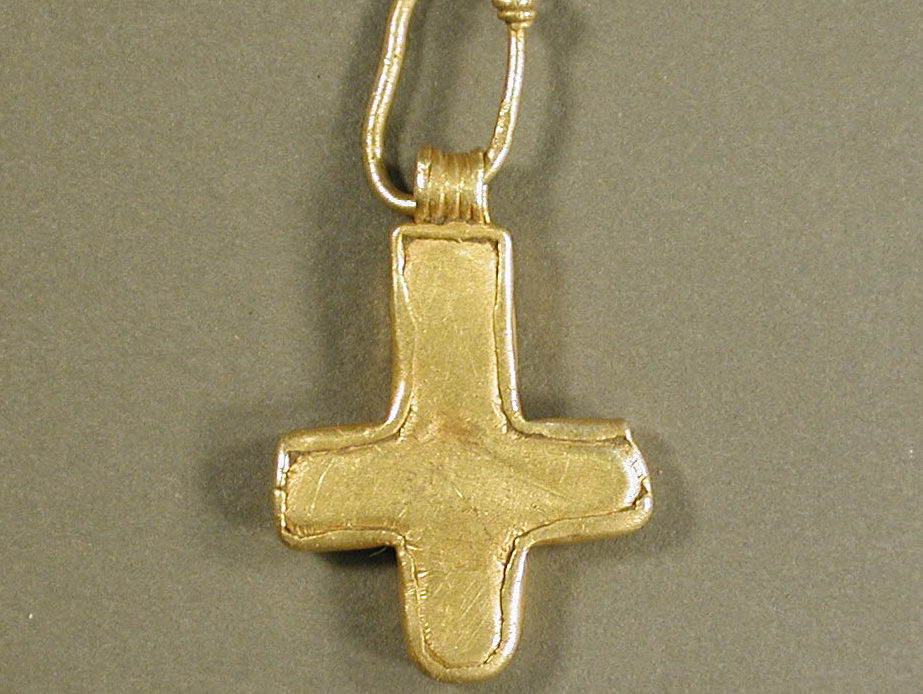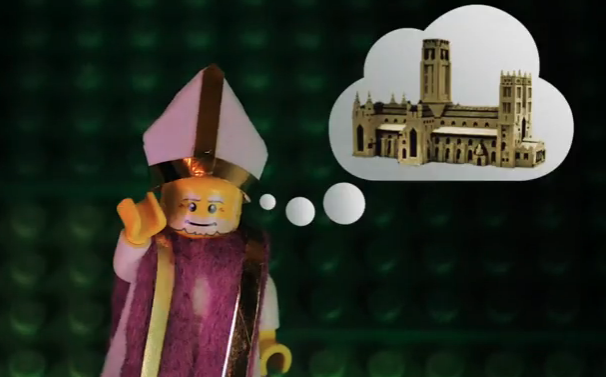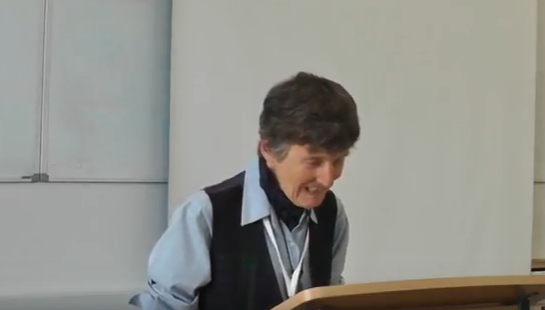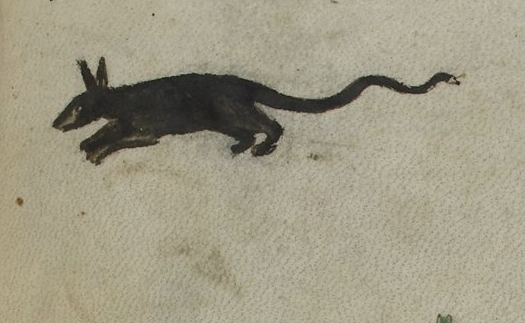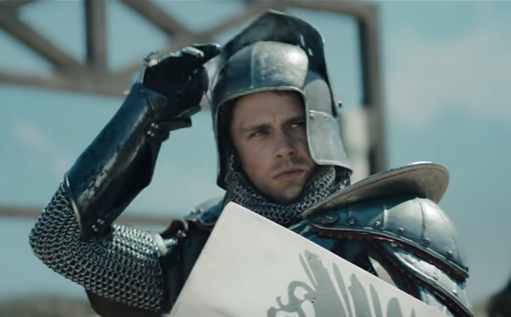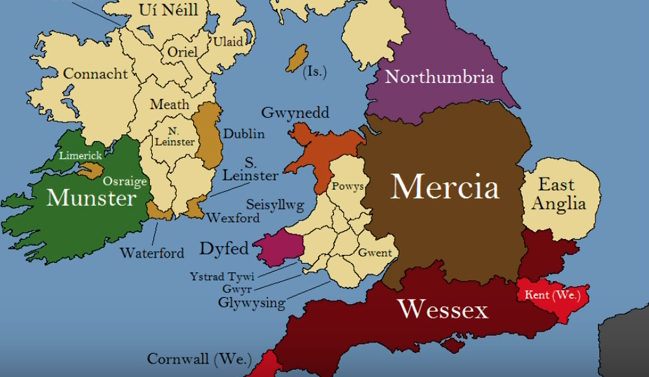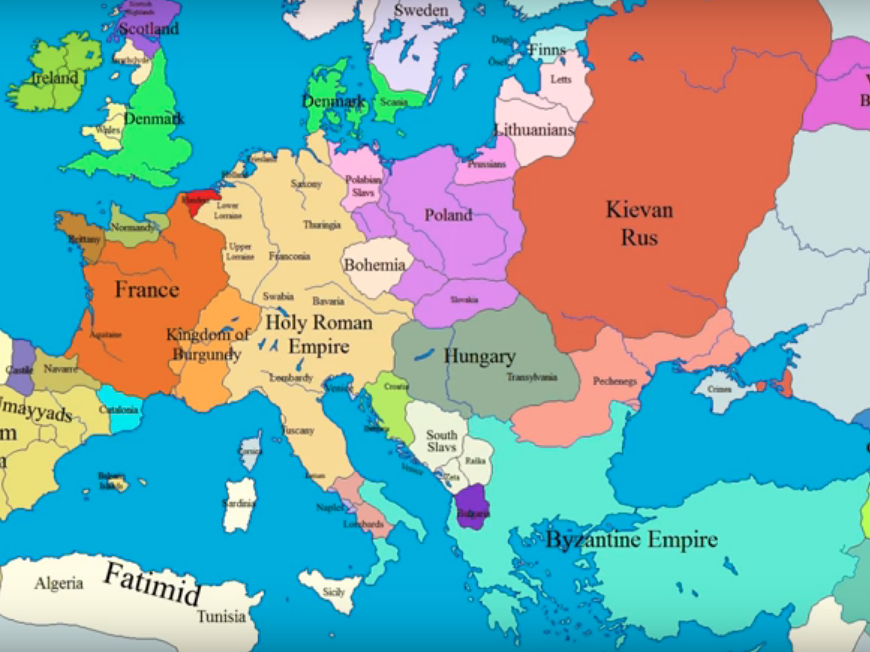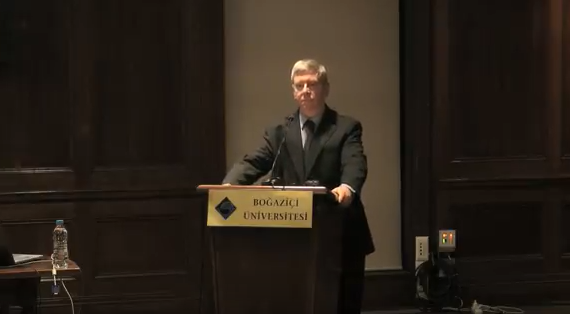Heart, Hand, and Mind: Grasping the Cross in Early Medieval England
Far removed from the bodies they once adorned and the graves which from which they were unearthed gold cross pendants richly inlaid with garnets sit behind glass in various museums in Great Britain.
The Story of Durham Cathedral in LEGO
Durham Cathedral has created this wonderful set of videos – using LEGO – to tell their medieval story.
Writing the Life of Charlemagne
For the last few years I have been really preoccupied with writing a biography of Charles, King of the Franks, born in 748, King of the Franks in 768, died 813. So I’m going to spend the next little bit talking about biographies and Charles as a subject of them.
The Italian “commercial revolution”: an archaeological reading
Archaeology tells us more about how commerce really worked than written texts do, but it has not been used enough to construct historical narratives on its own; this lecture will offer one.
Race, Monstrosity, and the Other in Medieval Art
The ways that medieval artists and writers demonized cultural outsiders, transforming religious and racial others into monsters, framing poverty and impairment as sin, and characterizing women as inherently deviant and dangerous.
The archaeology of the Black Rat in Roman to Medieval Europe
David Orton is Lecturer in Zooarchaeology at the University of York
Medieval Youtube: From Byzantine anime to best medieval video games so far this year
Here are ten Youtube videos from the last month that will inform, entertain, and delight medievalists.
Renaissance Woman: The Life of Vittoria Colonna
Ramie Targoff’s Renaissance Woman tells of the most remarkable woman of the Italian Renaissance: Vittoria Colonna, Marchesa of Pescara.
The Architectural Setting of English Romanesque Sculpture
Malcolm Thurlby considers English Romanesque sculpture in the context of its architectural matrix, focusing on specific carved elements such as portals, tympana, capitals, and figural reliefs.
What We Knew About Medieval Persian Cuisine
We know some things about Sassanian cuisine in directly or by inference. For instance they Persians have taken up on idea of sugar, which had been obtained from sugar cane sap in India and developed a theory about the kind of a super refined white sugar coat. And that they had taken the first steps down the road to the despair for our dentists by exploring syrup.
History from the Bottom Up
Betsy Dominguez shares her story of uncovering profane artwork in a sacred space, and explores its meaning, raising questions about modern censorship and the ever-growing divide between “high” and “low” concepts.
Medieval Youtube: From saving manuscripts to pee jokes
Our latest roundup of videos found over the last month on Youtube that will be a delight to medievalists.
Companions, Servants or Signifiers?: The Role of Assistance Dogs in the Late Middle Ages
Medieval dogs as companions were most valuable in providing humans with emotional and material support.
The Codex Faenza and the Tradition of Improvisation
Laura Osterlund lecture on, and performance of, the music in the Codex Faenza.
How Law Was Taught at a Medieval University
Jason A. Brown focus on a medieval manuscript to show how law was taught in medieval universities.
10 New Youtube Videos for Medieval Lovers: From an Old Norse ‘Hello’ to heckling a knight
Ten new videos on Youtube for your watching pleasure!
How the borders of the British Isles changed during the Middle Ages
Here are three videos showing the rise and fall of states in the British Isles during the Middle Ages, along with a fourth bonus video.
How the borders within Asia changed during the Middle Ages
Here are six videos to show the rise and fall of kingdoms, states and empires on the continent of Asia, including during the medieval period.
How the borders within Europe changed during the Middle Ages
One interesting way of looking at the past is to see how much the borders of the world have changed. In these videos, a reconstruction has been made to show the rise and fall of European kingdoms, states, and empires over the years, decades and centuries.
Winners, Wasters, and the Shadow of Envy: Theories of Justice and the Scene of Medieval Literature
Is envy at the root of all claims for justice (so says Freud), or is envy a regrettable but surmountable human tendency that will be minimized in a just society (as Rawls has it)?
Drugs, Books, Patients: Marketing Medieval Medicine
Because a number of health care structures were established in the Middle Ages this lecture tries to answer questions about how medieval medicine laid the groundwork for drug regulations.
Architecture in medieval Persian painting: fact or fantasy?
Robert Hillenbrand looks at how Persian painters tackled depicting architecture while also showing the process of construction, and how they operated within what to a Western eye might seem like constricting conventions.
St. Theodore, Euchaïta and Anatolia, c. 500-1000 CE: Landscape, Climate and the Survival of an Empire
St Theodore ‘the recruit’ was one of the most important military saints of the Byzantine and wider medieval world, and his cult center, at Euchaïta in northern Turkey, was famous from the fifth century on.
Chaucer’s Decameron and the Wife of Bath’s Tale: Why Do Literary History?
A possible direct link between the two greatest literary collections of the fourteenth century, Boccaccio’s Decameron and Chaucer’s Canterbury Tales, has long tantalized readers because these works share many stories, which are, moreover, placed in similar frames.
The Audacious Metaphors of Mystical Women: The Model of Caterina da Siena
Religious education for women included spiritual meditation by which it was specifically taught to revive the life and passion of Christ. Caterina da Siena has been a model for many mystical writers.
